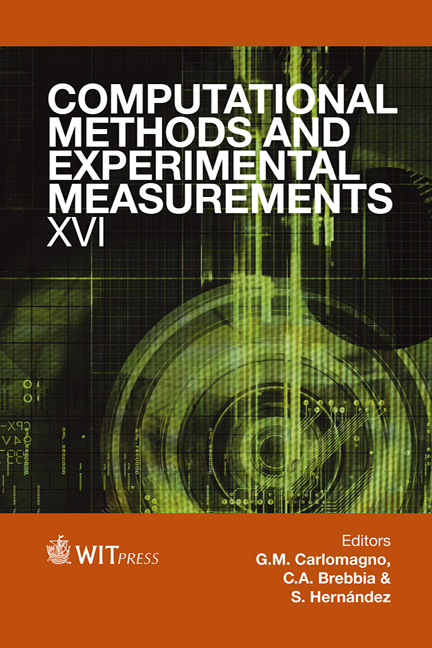Computational And Experimental Analysis Of A Hybrid Car Impact Absorber
Price
Free (open access)
Transaction
Volume
55
Pages
12
Page Range
367 - 378
Published
2013
Size
2,546 kb
Paper DOI
10.2495/CMEM130301
Copyright
WIT Press
Author(s)
M. Costas, L. E. Romera, J. Díaz, S. Hernández & A. Tielas
Abstract
Over the past years, car manufacturers have focused their efforts on improving the safety levels of drivers, passengers and pedestrians by a change in the conception of crashworthiness. Cars have become safer due to the improvement of the crash energy dissipation: plastic materials and specific energy absorbers are nowadays a requirement for most car manufacturers over the world. At the same time, a wide range of crash tests have been designed in order to qualify and compare the crashworthiness capabilities of different car models. Finally, and once the new car models pass these tests, manufacturers put their attention in optimizing the weight of the energy absorption system without penalizing the crashworthiness levels obtained from the tests. This research tries to carry on accurate computational simulations of impacts against crash absorbers made of steel and several filling or wrapped materials such as PET foam, cork, polyamide with glass fibers and epoxy-carbon fiber composites. The numerical models are validated against experimental tests and simulation results are compared and correlated with the results obtained in the test facilities for some specimens, including an empty steel tube for comparative purposes. Keywords: crashworthiness, crushing, hybrid parts, optimization, drop tower test.
Keywords
Keywords: crashworthiness, crushing, hybrid parts, optimization, drop tower test.





